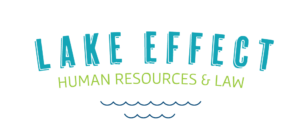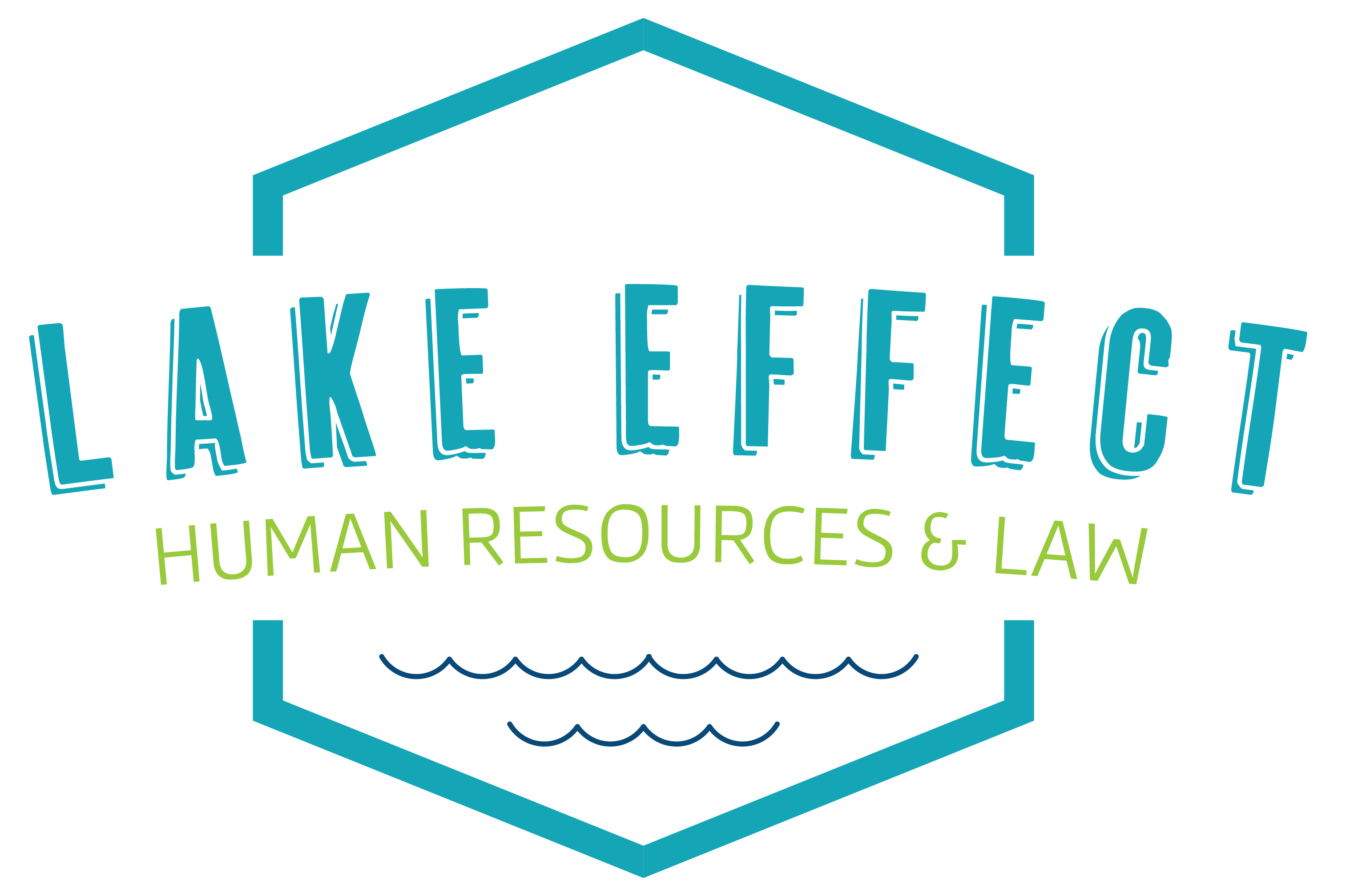OSHA Formally Withdraws COVID-19 Vaccination and Testing ETS

On the heels of the US Supreme Court’s recent ruling blocking enforcement of its COVID-19 Vaccination and Testing Emergency Temporary Standard (ETS), OSHA issued a statement formally withdrawing the ETS as an enforceable temporary standard effective January 26, 2022. OSHA stated that it will continue to pursue the ETS as a proposed rule and focus […]
Supreme Court Decision on Vaccine Mandate

Supreme Court: OSHA Exceeded Its Authority by Requiring Large Employers to Adopt Mandatory Vaccination Policies, But Healthcare Providers Can Require Employee Vaccinations On January, 13, 2022, The US Supreme Court issued its much anticipated decision on two Biden Administration initiatives aimed at increasing COVID-19 vaccination rates across the nation: (1) OSHA’s Emergency Temporary Standard, which […]
Update on OSHA’s Vaccination and Testing Emergency Temporary Standard

On December 17, 2021, the U.S. Court of Appeals for the Sixth Circuit lifted the stay placed by the Fifth Circuit and cleared the way for OSHA’s Emergency Temporary Standard (ETS) to proceed. A coalition of trade groups quickly appealed the decision to the U.S. Supreme Court for final determination. Almost immediately, OSHA updated its […]
The Uncertain Fate of OSHA’s ETS Mandating Employer Vaccination Policies

What is the status of OSHA’s ETS? As Lake Effect previously reported, OSHA issued an Emergency Temporary Standard earlier this month requiring employers with 100 or more employees to implement mandatory vaccination or testing/masking policies. Read our prior blog for a full discussion of OSHA’s guidelines and requirements. In response to the ETS, employers across […]
OSHA Issues COVID-19 Vaccination and Testing Emergency Temporary Standard

On November 4, 2021, OSHA issued its Emergency Temporary Standard (ETS) and a helpful FAQ detailing the federal mandatory vaccination and testing requirements for large employers across the country. The ETS is lengthy and detailed, but major highlights include the following: Who: The mandatory vaccination and testing requirements apply to US employers with at least 100 employees firm or […]
Updated OSHA Guidance to Continue Workplace Health and Safety Measures

On August 13, 2021, the Occupational Safety and Health Administration (OSHA) updated its guidance for all employers to reflect the CDC’s July 27, 2021 recommendations on masks and testing for fully-vaccinated individuals. As with the prior guidance on COVID-19, this updated OSHA guidance is not a standard or regulation and creates no new legal obligations. […]
Long Awaited OSHA Guidance to Continue Workplace Health and Safety Measures

On June 10, 2021, the Occupational Safety and Health Administration (OSHA) issued an Emergency Temporary Standard (ETS) with a very narrow scope, focused on the healthcare industry. Fortunately, OSHA also updated its January 29, 2021 guidance for all employers to reflect the increasing prevalence of vaccinations and the lifting of mask orders around the country. […]
OSHA Recommends Measures to Reduce Workplace Spread of COVID-19

Responding to a directive from the Biden administration, OSHA posted new guidance on January 29, 2021 to help non-healthcare employers identify COVID-19 risks and implement effective measures to minimize its spread in the workplace. The guidance is not a standard or regulation, and it creates no new legal obligations. It is advisory in nature, containing […]
Biden Administration Impact on the Workplace

Just one week into his administration, President Biden has signaled that he will take a fresh look at current issues affecting American workers and workplaces. His recent executive orders and memoranda include the following actions: Halt Final Rules governing tip pools and independent contractors: This Executive memorandum stays pending final rules that have been published […]
OSHA Issues Guidance on Reporting Work-Related COVID-19 Hospitalizations and Deaths

On September 30, 2020, OSHA published new guidance on employers’ obligations to report employee in-patient hospitalizations and fatalities resulting from work-related cases of COVID-19. Employers must report hospitalizations with 24 hours: In order to be reportable, an employee’s in-patient hospitalization due to COVID-19 must occur within 24 hours of exposure to the virus at work. […]

